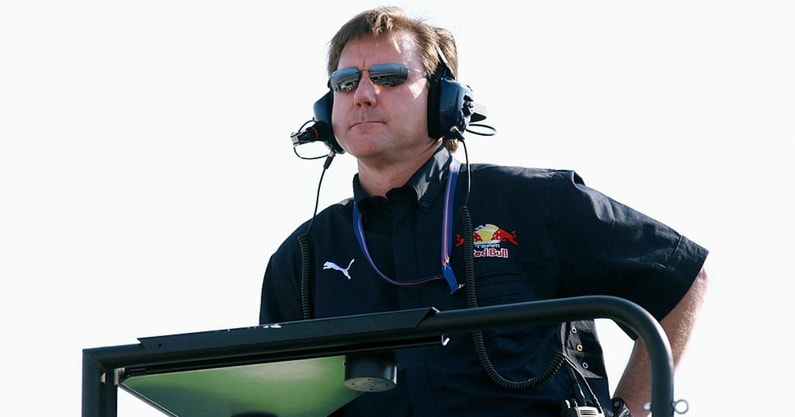NASCAR addresses controversial last-lap caution flag at Brickyard 400 in Indianapolis

The end of the Brickyard 400 at Indianapolis on Sunday drew immediate criticism from NASCAR fans after a controversially timed caution flag came out just after the white flag had been waved for the final lap.
Kyle Larson and Tyler Reddick were battling neck and neck for the lead on the double overtime restart when Ryan Preece got loose and spun around.
Preece slowly tried to wheel his way off the track and initially made good progress as the cars flew around the first lap on the overtime restart. But it seemed clear his car was slowing and might not be able to make it all the way off the track.
Still, the caution flag didn’t come out.
Larson and Reddick crossed the finish line as the white flag waved, signaling the final lap of the race no matter what. Then, just shortly after they had crossed, NASCAR officially called a caution as Preece’s car had fully stalled out.
NASCAR executive vice president of competition Elton Sawyer addressed the controversial decision after the race.
“Obviously we’d like for it to play out naturally,” Sawyer said. “We want our teams to race to the checkered flag. We did everything we possibly could. We kept an eye on the 41. He got turned around. He was really giving a solid effort and once he came to a stop and we could tell that he had, I think, a flat left-rear tire he wasn’t going to move. We’d already taken the white, we just couldn’t run by there again. So it was unfortunate, but it was the right call.”
Sawyer was further pressed on the issue, asked if the same scenario had played out in the middle of the race if anything would have changed.
Top 10
- 1Breaking
CFP Top 25 revealed
The official rankings are in
- 2New
CFP Bracket
Official first 12-team field
- 3Hot
Strength of Schedule
CFP Top 25 Weakest to strongest
- 4Trending
LSU return?
New AD on Nick Saban
- 5
Auburn Coaching Search
Latest names to know & more
Get the Daily On3 Newsletter in your inbox every morning
By clicking "Subscribe to Newsletter", I agree to On3's Privacy Notice, Terms, and use of my personal information described therein.
He provided an answer on NASCAR’s behalf.
“I think when it comes to safety and we have cars that have spun out and they’re trying to make an effort to move, we’re going to do everything we can to stay green,” Sawyer said. “But again, it’s a case-by-case basis. We’d have to, it’s a lot of hypotheticals there.”
That wasn’t the only thing that was potentially controversial in the late going. So too was the first overtime restart, one that put Brad Keselowski at the front in P1 on a practically empty tank of fuel.
Keselowski would run out of fuel right as the race went green. He veered off toward pit road, essentially giving Larson a free pass to his track positioning.
Ryan Blaney, who was on the outside in P2, was less than thrilled.
But Sawyer explained NASCAR was caught in a tough position there and couldn’t really change its decision.
“So we had already gone through the choose process, so we were coming to green when the 6 pulled off, which allowed the 5 to pull up, which transferred the control vehicle to the 12,” Sawyer said. “And this all happens fairly quick there. So hindsight, I think we still let it play out the way it did. We’ll discuss that more. If we had thrown the caution hypothetically we wouldn’t have gone through a choose process again. The 12 would have been the control vehicle, but he wouldn’t have got lane choice. That’s the way the rule’s written.”